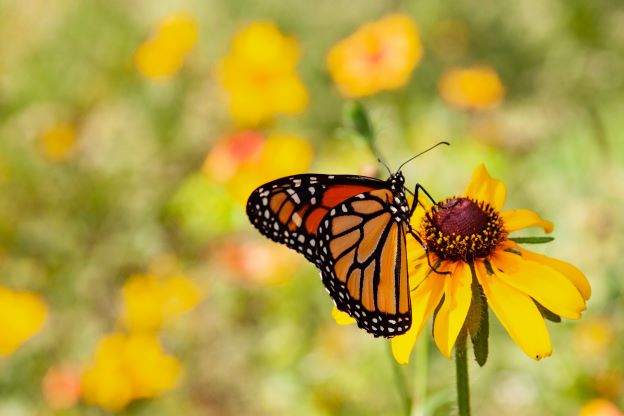
What small issue now can turn into a larger risk later? And how far away is later?
Can a small slipup in the supply chain—such as the inability to get a small part—create a bigger risk down the line? That example of the butterfly effect in action is what one member of NeuGroup’s Corporate Enterprise Risk Management group says he and management have been thinking about lately. The issue, like many things in business these days, is that COVID-19 adds a new and unpredictable layer to forecasting.
Scope and speed. “We’re really struggling with something happening in the supply chain” and then how big it will become and how soon it would affect the business, he said. He added that the velocity of risk, that is, how soon whatever happens in the supply chain hurts the company, is also difficult to predict in the current environment. “There are different views of this,” he said.
- “One group might say that if so and so happened, it would take nine months” to affect the company. “Another group may say three months.”
- This member is also refocusing on another significant risk that has been mostly forgotten amid the pandemic: trade war. This is something that was a big supply chain concern in all of 2019, the member said, and to him, “is more serious than COVID-19.”
Risk influencer. Another topic discussed by ERM members is the idea that COVID-19 shouldn’t be considered a risk at this point, but more of a risk influencer. There are other risks that predate the pandemic and will exist going forward. The challenge now is determining how will COVID-19 impact those existing risks.
- One ERM member said he was trying to get management to think beyond the short term and COVID-19. As the company “gets back into the swing of things, we want management to start thinking of the long-term risks associated with COVID-19.”
- Echoing this point, another member added that he’s also been trying to get his management to think of COVID-19 not as a “separate risk, but something that is influencing other risks.”
- “COVID-19, yes, but let’s not forget about existing risks,” added another member.


